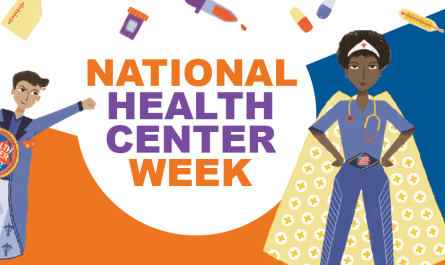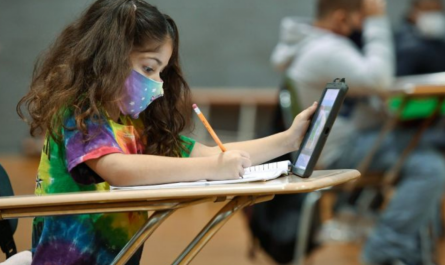Post-traumatic stress disorder (PTSD) is a mental health condition that can affect children who have experienced or witnessed a shocking, scary, and dangerous event. It is normal for a child to feel distressed or unsettled after going through a traumatic experience. It is, however, important to understand that not all children who live through such events will develop PTSD. Also, recovery from such traumas can vary among children, with some experiencing long-term effects.
According to JAMA Psychiatry, in the U.S., more than two-thirds of children have reported experiencing at least one traumatic event. About 16% are likely to struggle with PTSD.
According to the National Center for PTSD, about seven or eight out of every 100 people experience PTSD at some point in their lives. Girls are more likely to develop PTSD than boys, and genes may also play a role in some cases..
When children develop long-term symptoms of stress after a traumatic event, which interferes with their daily functioning and activities, they are likely to be diagnosed with PTSD. There are specific clinical criteria that need to be fulfilled in order to be accurately diagnosed with PTSD.
It is important for parents and caregivers to recognize the child’s early symptoms and their emotional and behavioural challenges. Younger children may show different symptoms when compared to older kids, who may even exhibit symptoms to that of adults.
Risk factors of PTSD among Children
Children and adolescents may face traumatic experiences, such as physical or sexual assault, abuse, natural disasters, sudden or violent loss of a loved one, accidents, bullying, or other adverse events.
According to Verywell mind, the research has shown that 30% and 40% of children who experience physical or sexual abuse develop PTSD. Children and teens who were previously diagnosed with mood or anxiety-related disorder are more likely to develop PTSD after a traumatic event than those with no prior mental health diagnosis.
Tips for parents and caregivers to protect the child from developing PTSD:
In the aftermath of a traumatic event, it is the responsibility of parents and caregivers to understand and support the children and provide them with good care. Early interventions can help prevent traumatic experiences from turning into lifelong health risks.
1. Parents need to be aware of PTSD and their signs and symptoms. Most children do not want to open up about their experiences due to feelings of guilt or shame. Parents are better placed to observe their child’s behavior and identify such symptoms.
2. Don’t be judgemental: make the child feel free of judgment or criticism, then they are likely to be more open about their issues.
3. Seek support from others such as friends and family.
4. Find support groups or seek experts’ help.
5. Make them feel safe, give them care and love.
6. Protect the child from injury, bullying, abuse, violence, disaster, etc.
7. Encourage the child to play both indoors and outdoors, and observe how they play in order to understand them better. Parents should try to spend time with children during their playtime.
8. Keep an open mind about treatment and seek help from mental health professionals or pediatricians as early as possible, if required
By noticing behaviors or symptoms that may be different or out of the norm for your child, you can create a safe space for children to open up about their experiences. The safer a child feels to be free of judgment or criticism, the likelier they are to become more open about their experience and the struggles they are going through.
With @school, it is now possible to screen individuals who exhibit symptoms related to PTSD. This will further help in better treatment planning which can minimize or prevent the risk factors of developing diagnosable mental health disorders.



